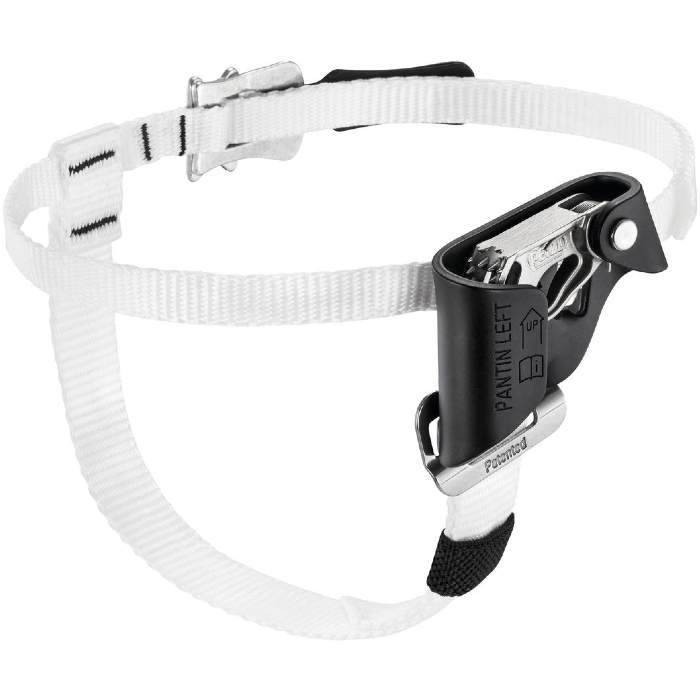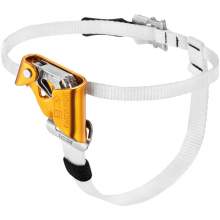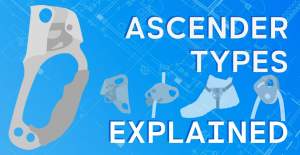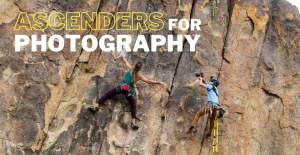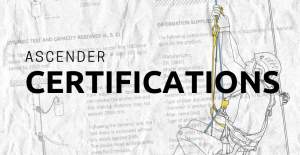Pantin® Left
Description
PANTIN is a foot ascender designed for more efficient and less tiring rope ascents, also available in a left-foot version.
- Facilitates rope ascents:
- Used to complement CROLL, ASCENSION, or BASIC ascenders
- Keeps the body upright for more efficient movement
- Design facilitates rope glide during the first few meters - Great durability:
- Stainless steel cam offers excellent corrosion resistance
- Toothed cam with self-cleaning slot optimizes performance under a variety of conditions (such as frozen or dirty ropes)
- HMPE (high-modulus polyethylene) straps resist abrasion - Functional and ergonomic:
- Compact shape allows it to remain constantly attached to the foot and prevents risk of snagging
- Quick and easy to adjust with DOUBLEBACK buckle
- Releases from the rope with a simple backwards movement of the foot
- Catch available as accessory to keep the rope in the device during rope ascents - Note: The PANTIN is not an item of PPE.
- Material(s): Aluminum, stainless steel, high-modulus polyethylene
PANTIN is a foot ascender designed for more efficient and less tiring rope ascents, also available in a left-foot version.
- Facilitates rope ascents:
- Used to complement CROLL, ASCENSION, or BASIC ascenders
- Keeps the body upright for more efficient movement
- Design facilitates rope glide during the first few meters - Great durability:
- Stainless steel cam offers excellent corrosion resistance
- Toothed cam with self-cleaning slot optimizes...
Retail price
US$ 79.95
When you click a link below and then checkout online, no matter what you buy (climbing gear or not), we get a small commission that helps us keep this site up-to-date. Thanks!
| Weight (g) | 85 g |
Ascender Type  |
Foot |
Tooth Type  |
Toothed |
Bottom Holes  | Not applicable for this ascender type |
Handedness  |
Left |
Features  | Not applicable |
Rope Range  |
8 - 13mm
|
Certification  |
Not Certified |
Pros
Everything
Familiarity
I’ve used it a few of times
Disclaimer
Not safety gear
Ascending fixed ropes frequently? You're not living unless you pantin.
by Rachel Saker on 01/11/2022Pros
Very compact and lightweight design
No cam lock (default), but available as add-on
Easy to disconnect from rope
Easy to put onto boot
Rope feeds very smoothly
Comes in black
Very secure foot straps
Cons
Shell wears out before teeth
Easy to lose
Left-footed pantin'ing may cause premature wear on Croll shell
Familiarity
I’ve used it a ton
Disclaimer
Caving (Southeastern, USA)
Pantin Foot Ascender Review
Safety and Technical Information for Petzl PANTIN
Describes with words and helpful photos, how to protect Petzl Ascenders.


